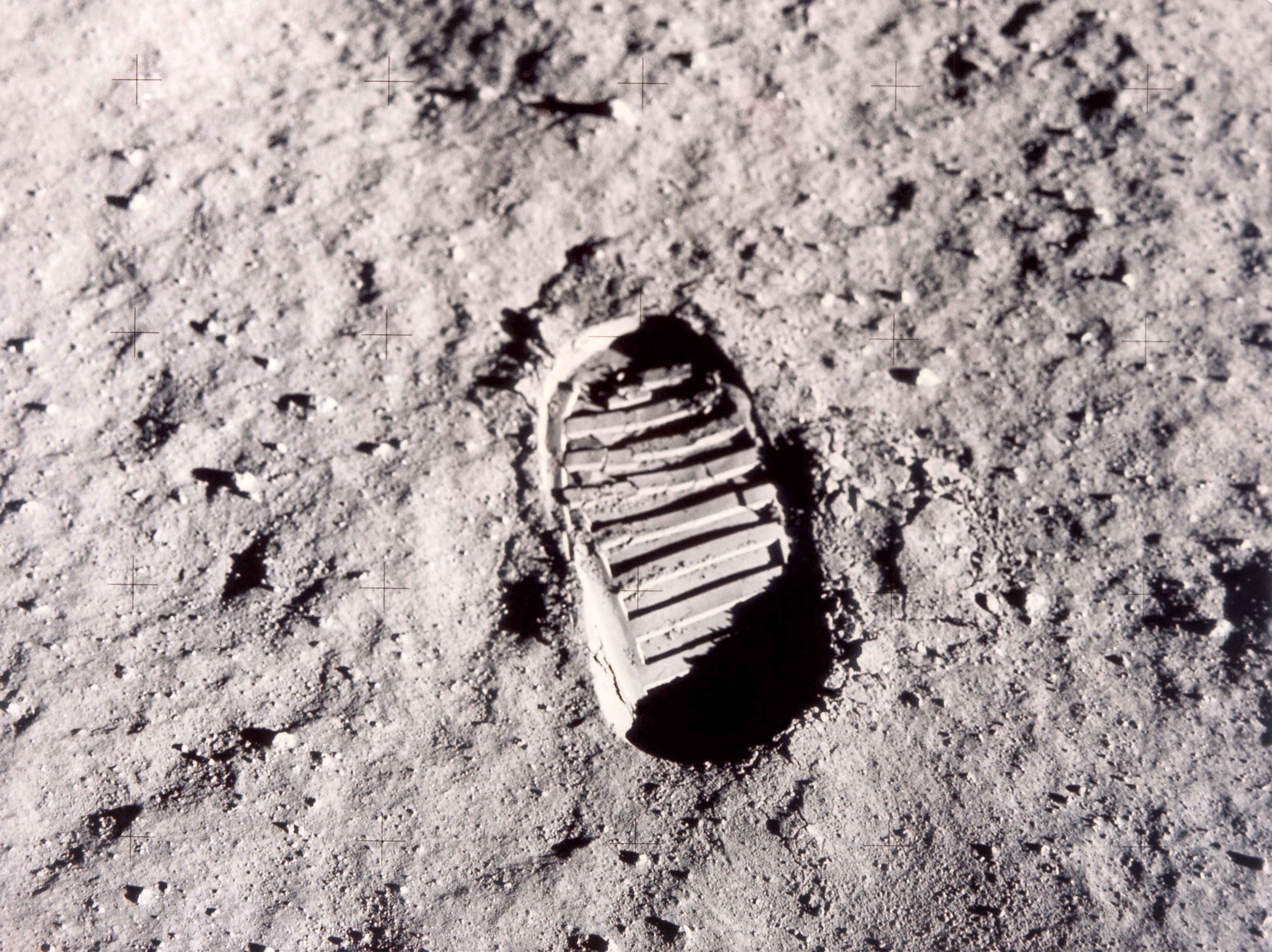Create a free profile to get unlimited access to exclusive videos, sweepstakes, and more!
NASA unveils Artemis astronaut lineup…including the first woman set to walk on the moon

Today marked a big step on the way toward NASA’s next giant leap, as the space agency gave the public its first-ever look at the members of its Artemis lunar team — a team that aims to rocket humans, including the first female in history — to the lunar surface for the first time in more than 50 years.
At a meeting of the National Space Council at NASA's Kennedy Space Center, Vice President Mike Pence welcomed each member of the Artemis astronaut team one by one onto the stage, following up with a live Q&A session that served up more details about each team member (NASA's Artemis team page also has been updated to include full biographical details about each astronaut.) The agency didn’t reveal specific mission assignments — including the lunar landing crew — from among the 18-member team. But the group includes 9 female astronauts, at least one of whom will be among the smaller crew slated to touch down on the moon’s surface.
NASA’s official video above introduces the full Artemis team, which (in alphabetical order) includes Joe Acaba, Kayla Barron, Raja Chari, Matthew Dominick, Victor Glover, Woody Hoburg, Jonny Kim, Christina Koch, Kjell Lindgren, Nicole Mann, Anne McClain, Jessica Meir, Jasmin Moghbeli, Kate Rubins, Frank Rubio, Scott Tingle, Jessica Watkins, and Stephanie Wilson. Via Space.com, the team consists of members of “five astronaut classes selected between 1996 and 2017.”
“It is really amazing to think that the next man and the first woman on the moon are among the names that we just read, and they may be standing in the room right now,” Pence said in his introduction. “I give you the heroes of the future who will carry us back to the moon and beyond.”
The “and beyond” portion of Pence’s remarks refers to the Artemis program’s stated goal of using its lunar ambitions as a jumping-off point for future crewed spaceflight that could one day transport the first humans to Mars. NASA is working with private commercial partners to develop the lunar Gateway vehicle as an in-orbit waypoint for future crewed space trips, as well as the Orion landing capsule intended to transport astronauts between the Gateway and the moon’s surface.
If the Artemis program remains on schedule, it’s expected to launch its first crewed flight to the moon by 2024, after two preparatory, exploratory missions. The second of those flights will carry astronauts into lunar orbit — but will rely on robotic exploration of the lunar surface. The third mission, dubbed Artemis III, aims to land a pair of astronauts, including the first woman in history, on the moon.


























